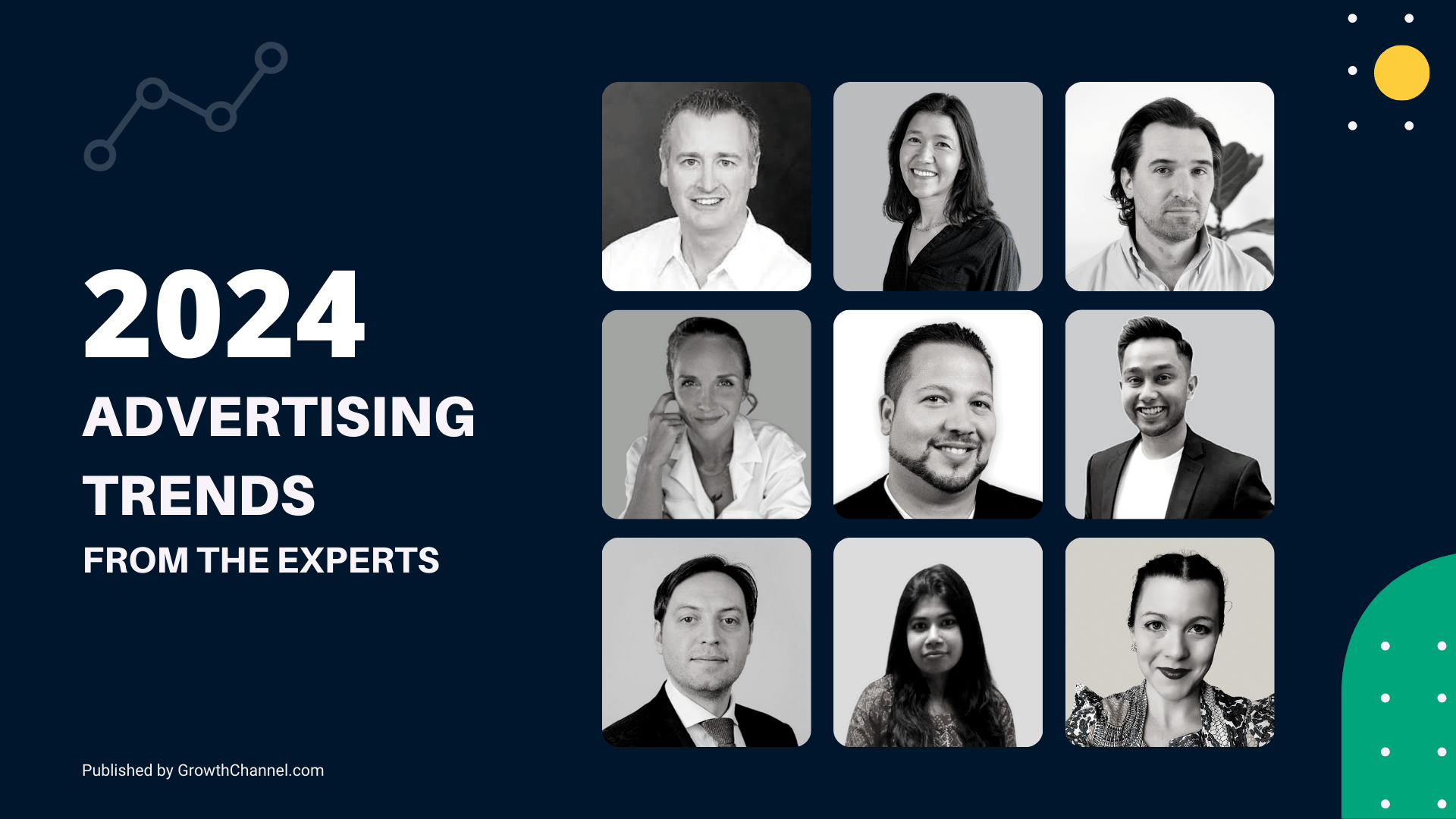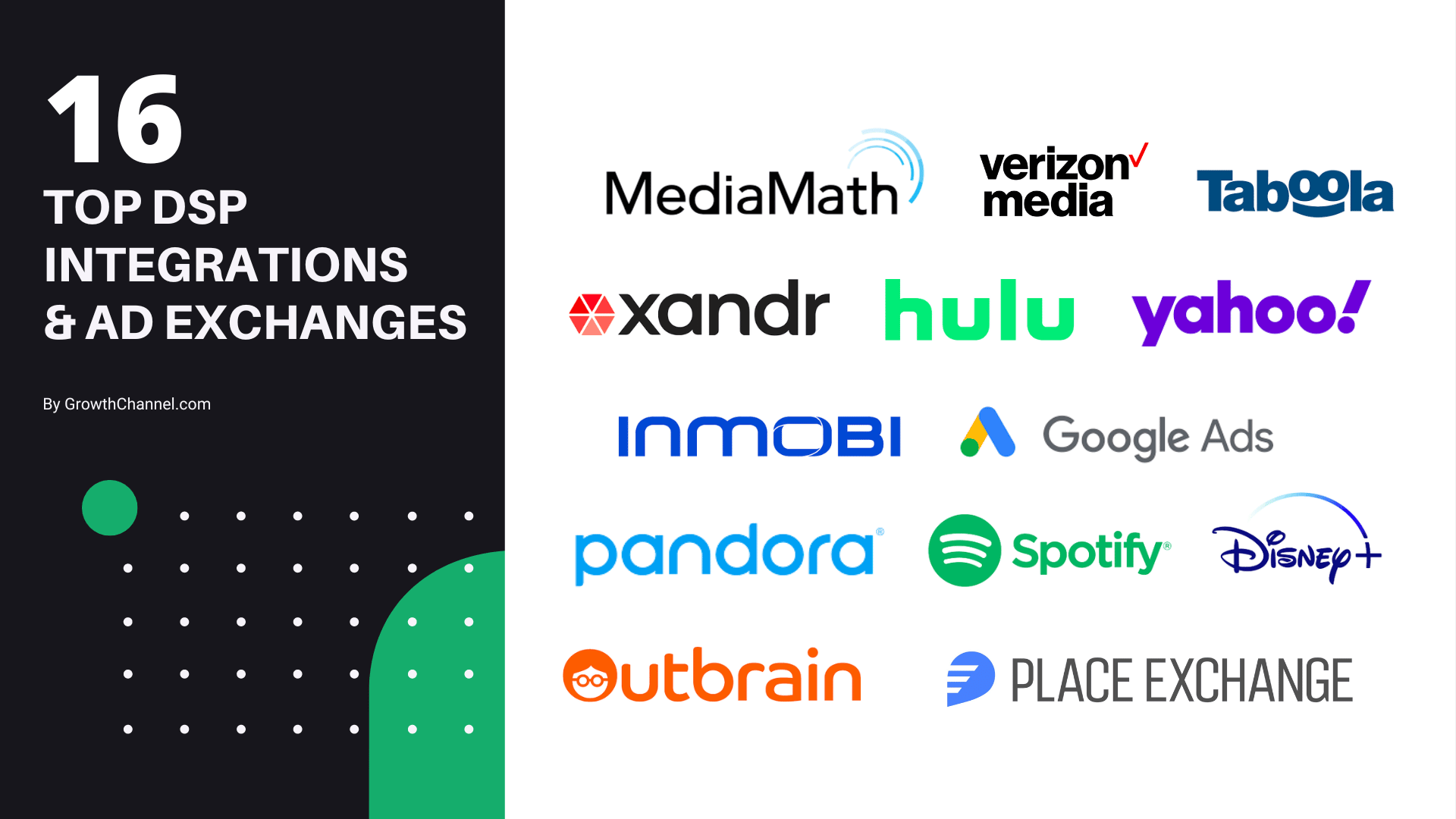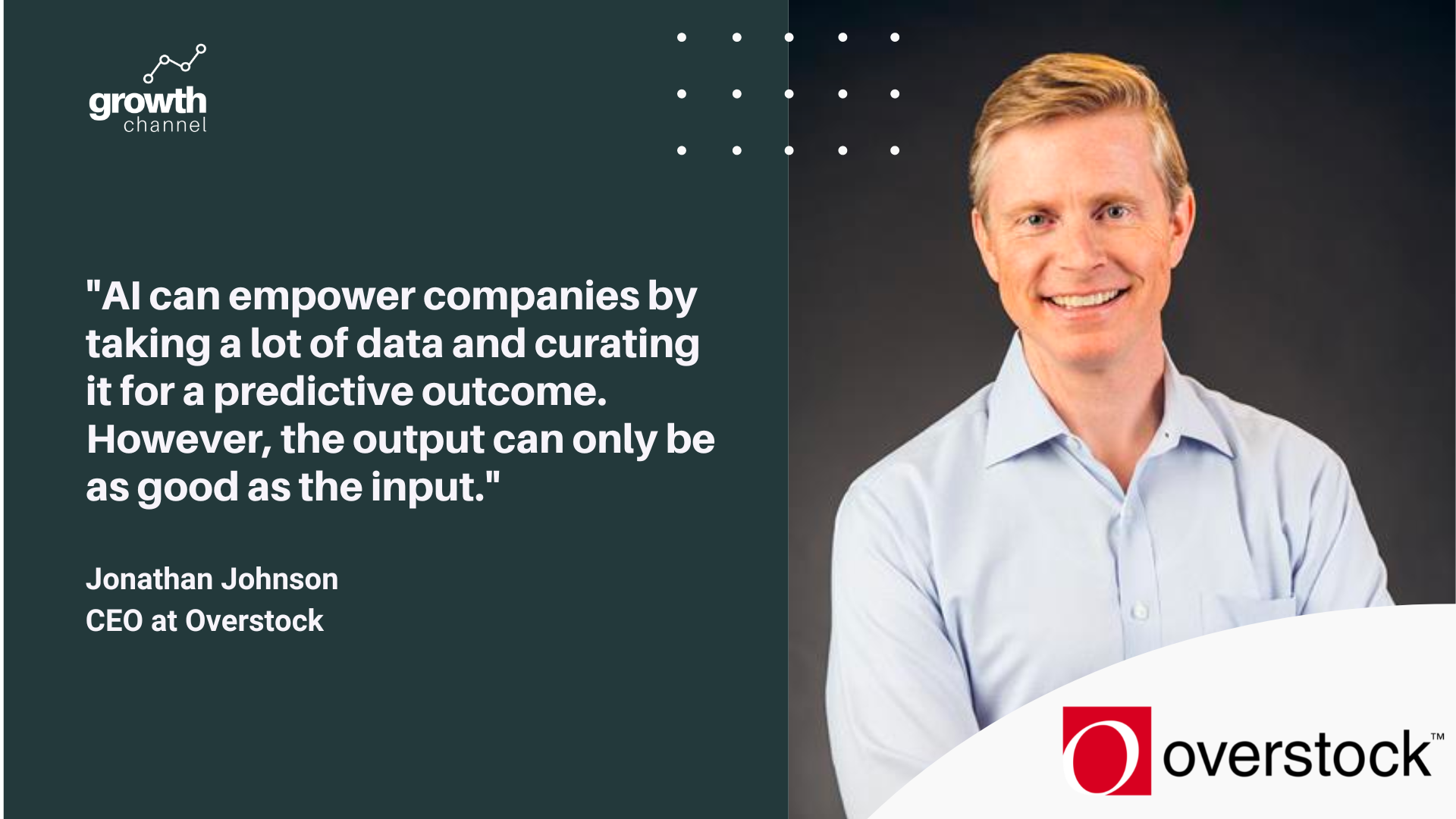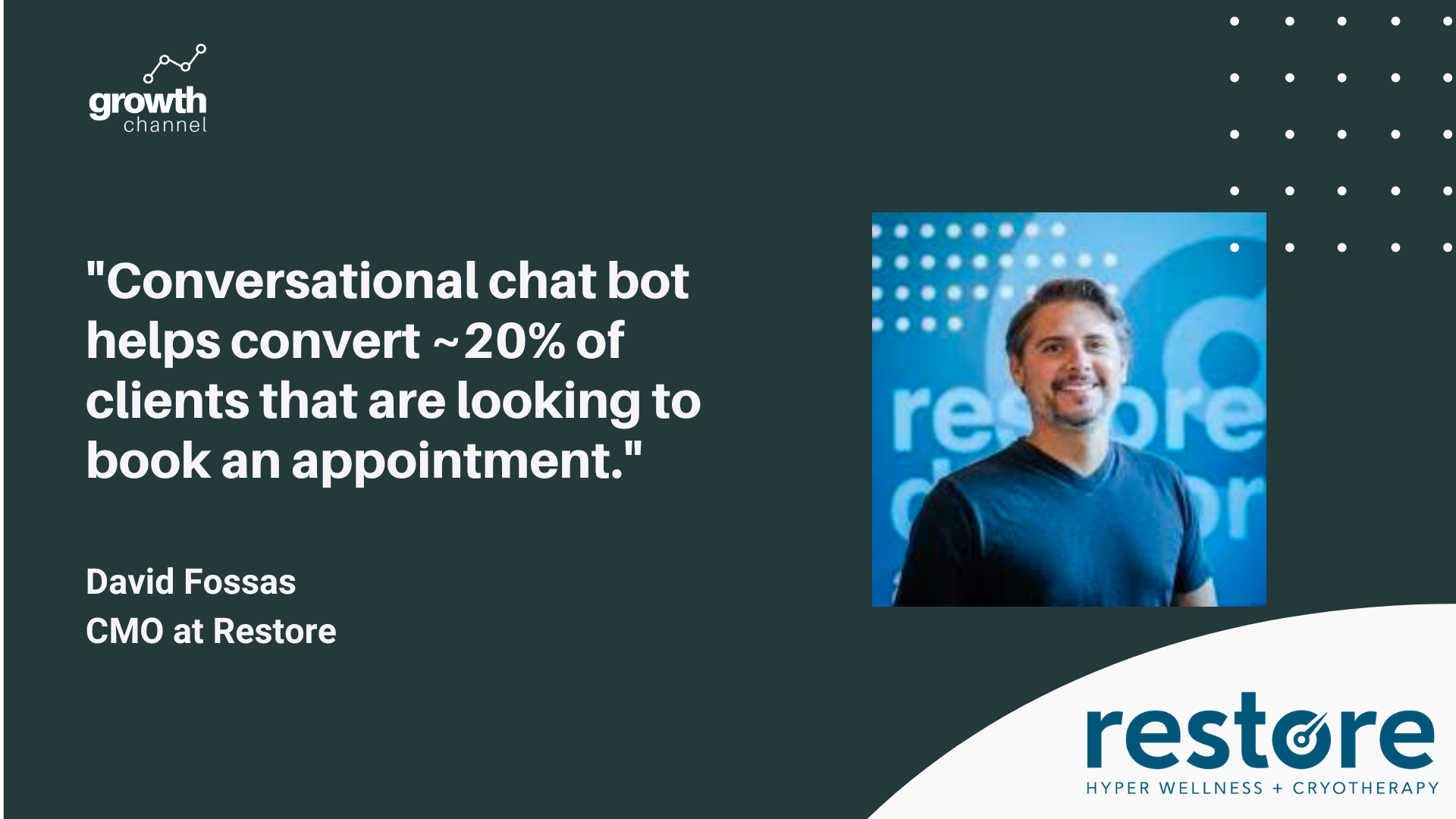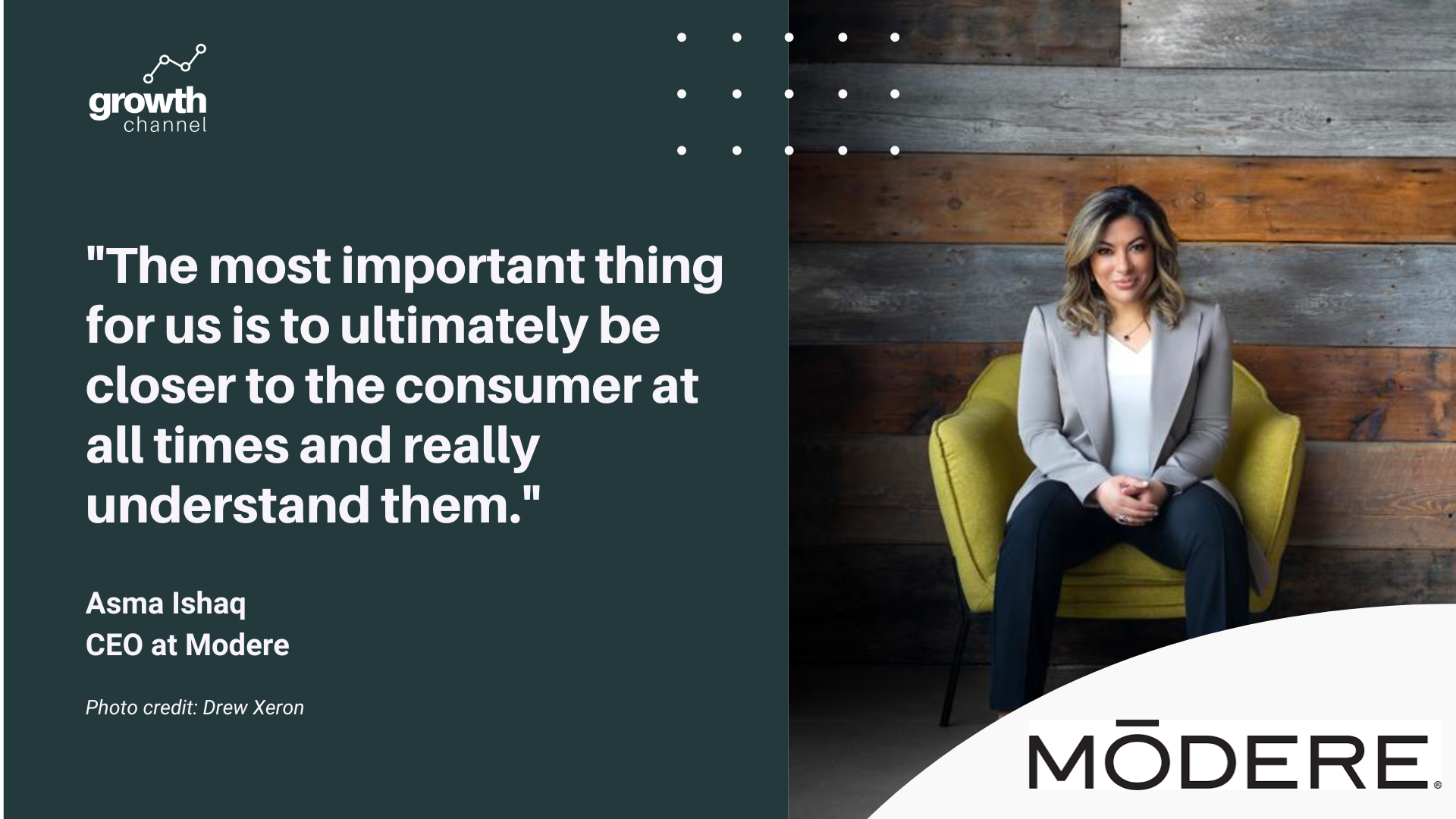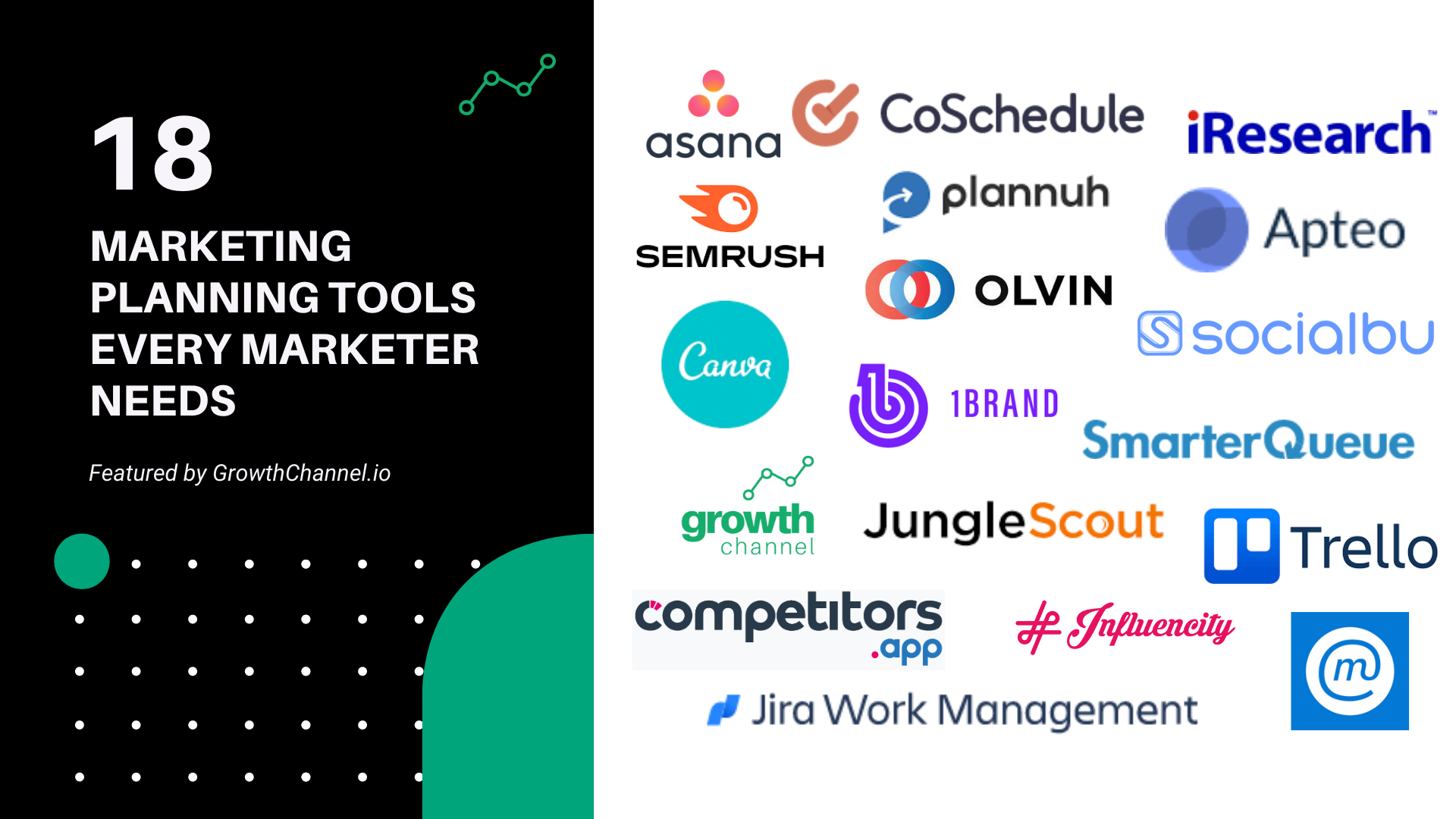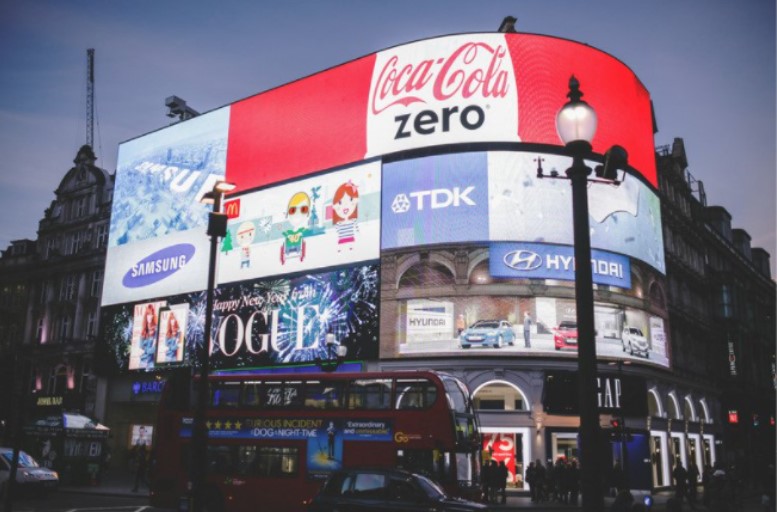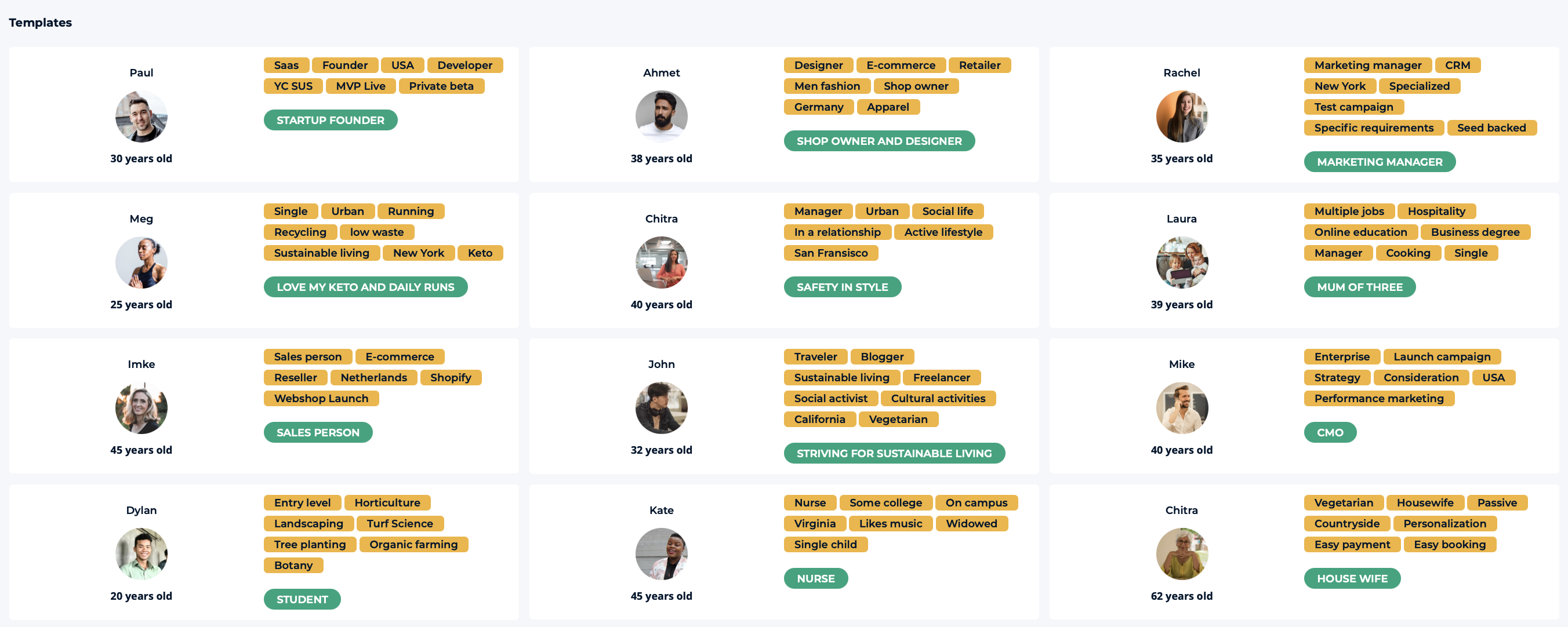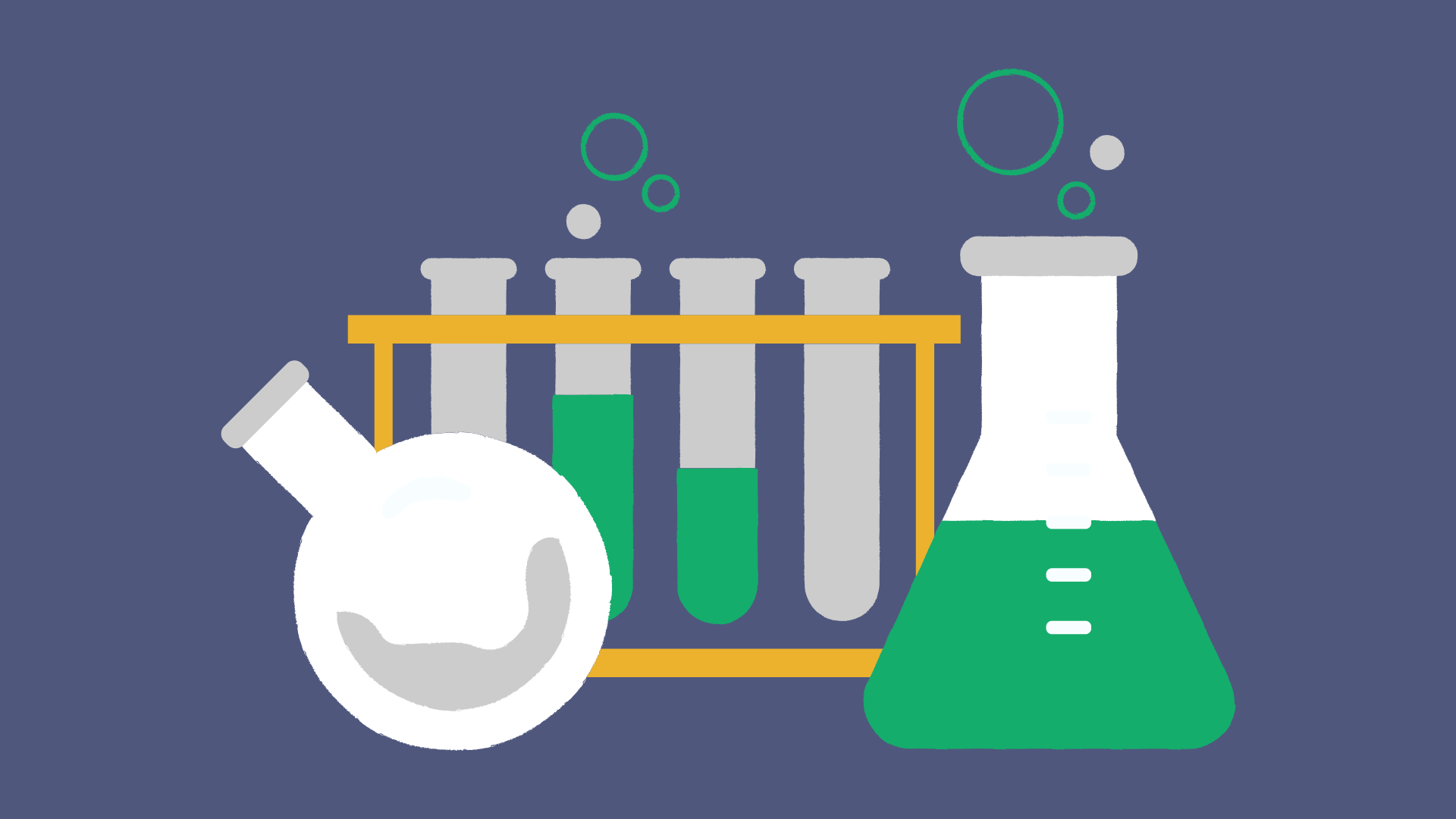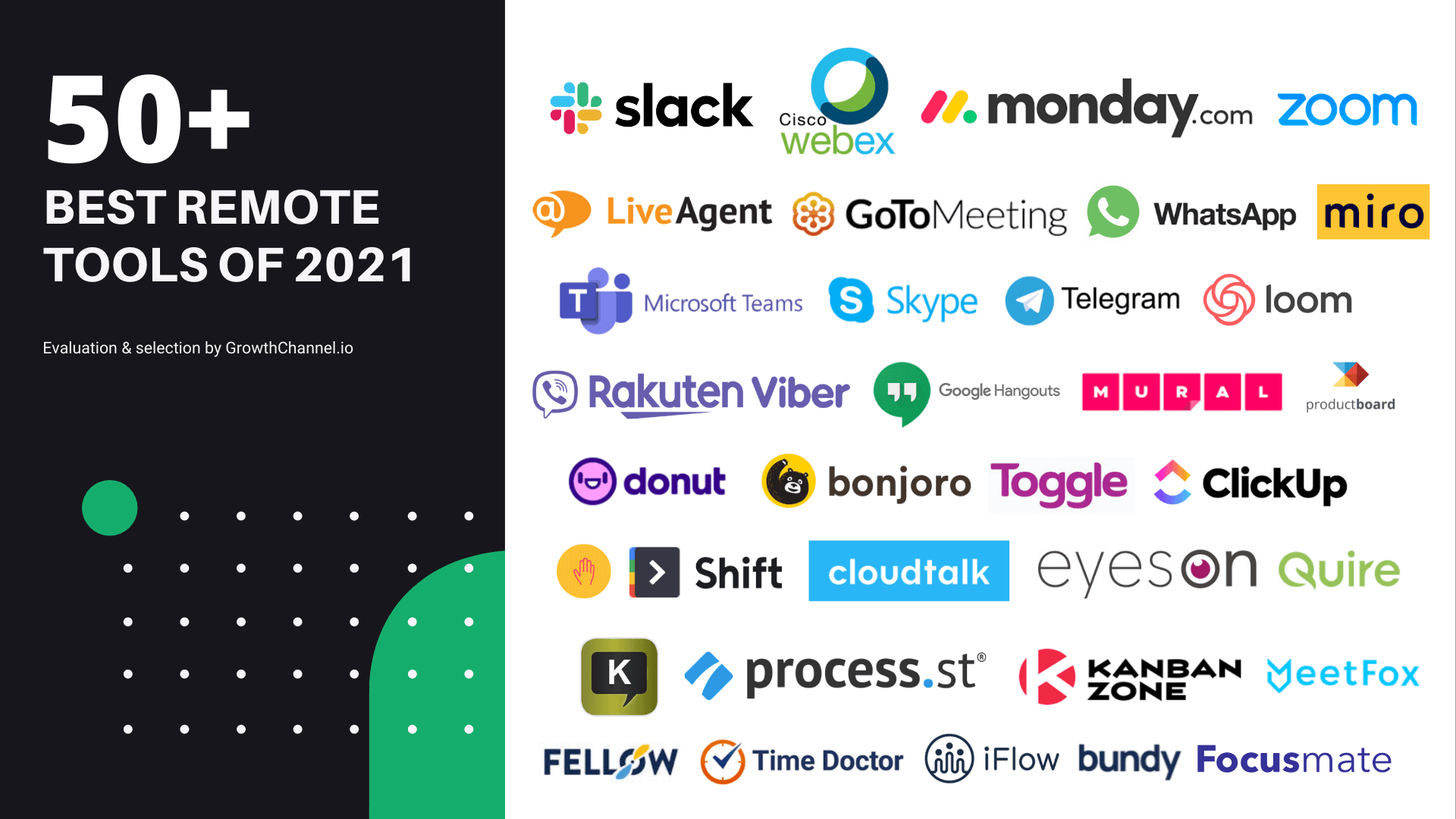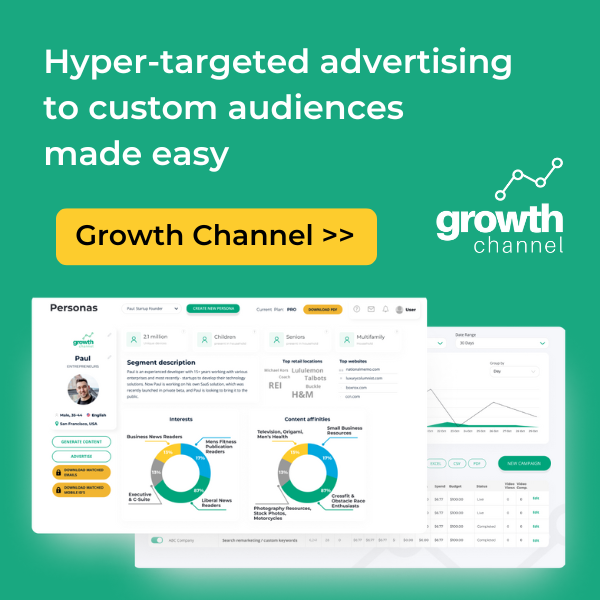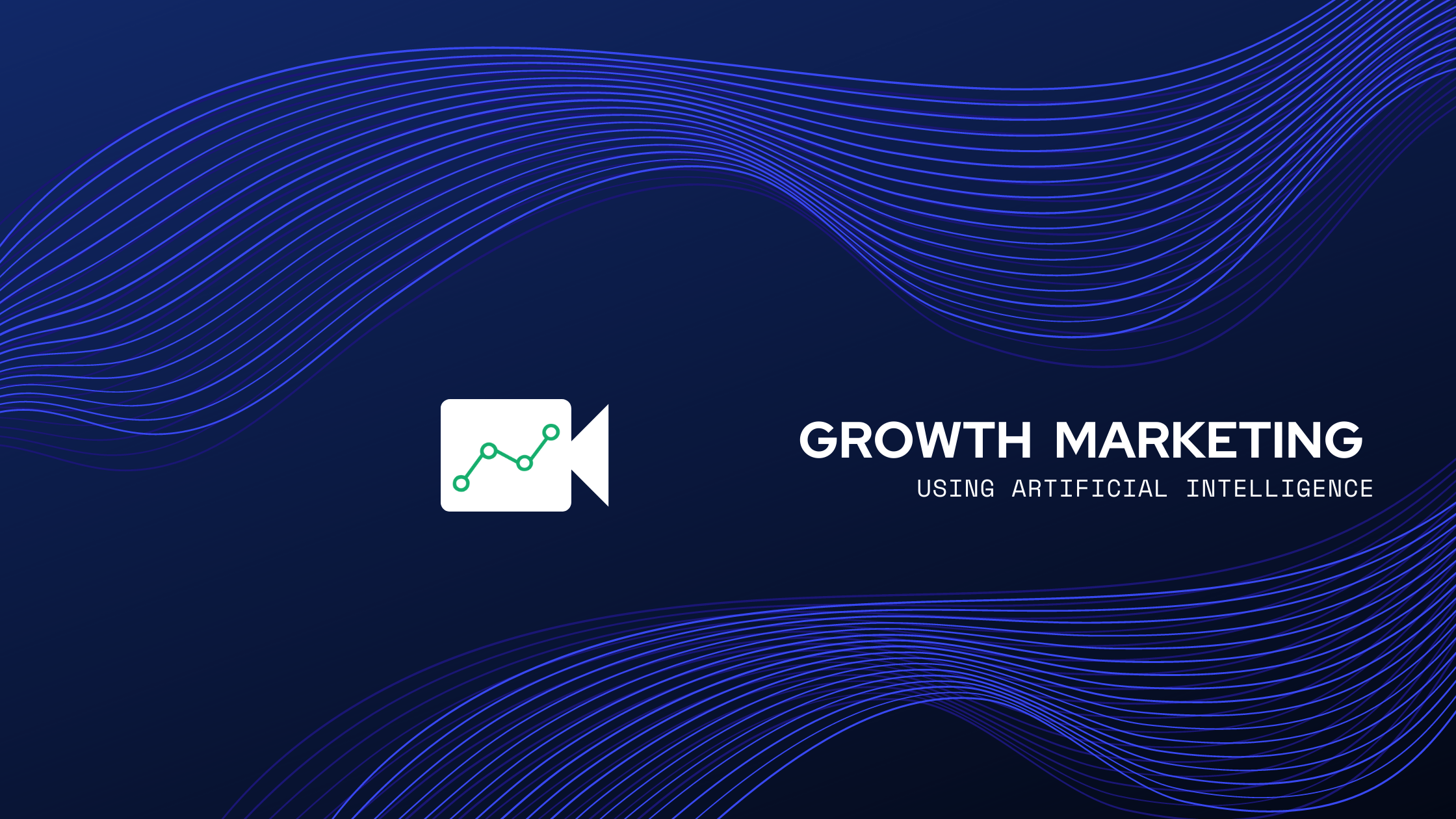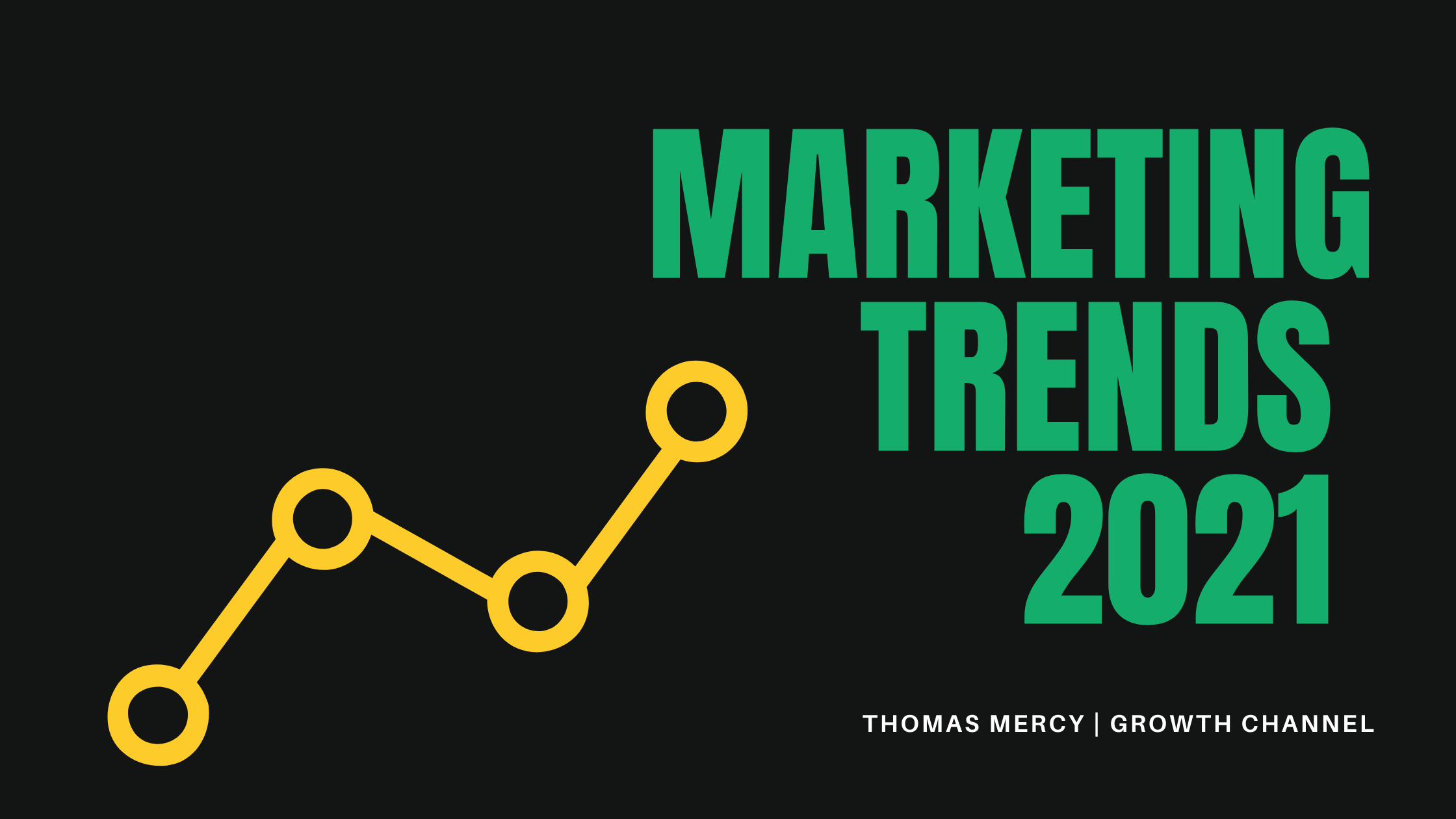Last week, I attended Ad World Conference 2021, the largest advertising and marketing conference in the world. Although the pandemic moved everything virtual, the conference was still a major success, with over 100 speakers, 50,000 attendees, and 4,000 companies participating . Being relatively new to the marketing scene myself, I was worried I wouldn’t be able to relate to the different speakers. However, I found many of the presentations insightful and impactful, and I wanted to share my seven key takeaways from Ad World 2021:
- Customers are becoming more demanding - can your business keep up?
- Know your audience better than you know yourself
- Content is the intersection between business goals and reader goals
- Transform the marketing funnel into a marketing megaphone
- Use brand storytelling to build lasting relationships with customers
- Optimization doesn’t have to be scary
- A good first impression is crucial
Let’s dive into these lessons!
1. Customers are becoming more demanding - can your business keep up?
Nowadays, customers expect faster and higher quality support than ever before. They want brands to quickly interact and respond to them though a variety of different channels. For this reason, one-to-one customer relationships have become the backbone of successful marketing strategies. Consumers want brand communications tailored to their unique goals and 80% of customers are more likely to buy when given a personalized experience.
While these increasing customer demands may seem overwhelming, your business cannot ignore the demand for personalization and quick customer support. 90% of customers expect an immediate response, and if you can’t help them fast enough, they’ll likely switch to a competitor. So how can you please your customers and gain their trust?
-
Automation - Automated website chats keep users on your site, automated texts let customers change and track their order without relying on the customer support team, and automated email workflows ensure the right message is sent at the right time. Automation makes iterative and repeatable conversations more efficient.
Source - Julia Whatley, Strategic Partner Manager at Gorgias
-
Sort your social media comments - by sorting social messages into categories like potential lead, negative comment, and question, it’s easier to determine the best response and prioritize who to engage with first.
-
Reward those who interact with your brand - did one user leave a great review? Thank them and offer them a coupon. Has someone tagged your business in a social media post? Share their post with a response on your social channels. People love to feel like an insider, so engaging directly with customers creates lasting relationships.
2. Know your audience better than you know yourself
You cannot begin to market until you know who you are marketing to, and you won’t always be marketing to people like yourself. As Seth Godin explained, “If you’re only willing to market to people like you, then there’s no one left.” He believes experimenting with your customers, learning about the psychology of your audience, and understanding what they actually want is necessary. By knowing who your audience is, you can anticipate their wants and desires, helping you beat the competition. Understanding your target market also helps identify those who aren’t in your audience, so you don’t waste time and resources marketing to people who aren’t interested.
Not everyone in your audience thinks and acts the same, or has the same problems and goals. For example, different age ranges prefer different methods of communication, and different genders typically gravitate towards different social channels. Enter segmentation, where you divide your contacts into different personas, or groups, based on various demographic, behavioral, and psychographic data. Knowing your audience personas and where they are in the buyer’s journey can help you produce and send relevant, valuable content. Segmentation lets you interact with your audience on a more personal level, building stronger relationships that are more likely to lead to conversions.
Growth Channel’s free user persona template helps you identify and organize customer segments
3. Content is the intersection between business goals and reader goals
Expanding on lesson #2, knowing who your audience is and where they are in the buyer’s journey is important because it impacts the type of content you should present to them. One of the biggest mistakes marketers make is failing to send the right information to the right people at the right time.
If you want your content to perform well, you need a detailed content strategy. Tyler Hakes, Strategy Director at Optimist, explained that every piece of content has four dimensions: the strategic goal, the tactical goal, the reader’s goal, and the funnel. Let’s break down exactly how these pieces fit together.
Strategic goal - how does this piece of content fit into your overall content strategy?
Is the purpose of this content to create links? Drive traffic? Convert leads into sales? Knowing the purpose of your content beforehand ensures you produce targeted and focused content aligned with your business’ goals.
Tactical goal - what action do you want the consumer to take?
Do you want the reader to fill out a form? Share a social post? Buy a product? You must include a proper call to action in your content and provide enough information to persuade the reader to act. This tactical goal should add value for the reader and for the business.
Reader’s goal - what is the reader hoping to get from your content?
Do they want to identify or understand a problem, accomplish a specific task, or compare potential solutions? Your content needs to align with the reader’s goal in order to provide enough value for them to complete the desired action.
The funnel - where is the reader in the buyer’s journey ?
You need to know where the reader sits in the funnel to help them progress through it. Your content needs to reflect this position, or else it won’t be relevant.
These four pillars will help you create content with purpose and distribute that content to readers who will get the most value from it.
Growth Channel’s
free customer journey template
helps you identify how buyers move through your funnel
4. Transform the marketing funnel into a marketing megaphone
Seth Godin’s interview was the most attended event of the conference, and I sat in awe of his marketing genius the whole time. What stuck with me the most was his view of marketing funnels. Almost every marketer has used a funnel to model the buyer’s journey. The funnel shape suggests that many contacts will drop out at each stage of the journey. Therefore, you want to populate the top of your funnel with many potential contacts to maximize the number that reach the bottom of the funnel and ultimately convert or become a customer. Yet to Godin, the funnel is “bogus.”
“Every single success story that I can think of,” he said, “succeeded not because they grounded out and churned people through a funnel. They succeeded because people decided to talk.”
Godin suggested that you flip the funnel sideways, turning it into a megaphone customers can use to become evangelists of your products and services. Because at the end of the day, people are the best promoters . We are much more likely to buy something a friend or family member recommends to us, as opposed to something a brand markets to us. Friends and family have our best interests in mind, so they appear more genuine and trustworthy than brands. Maybe that’s the secret to success: make something so remarkable and innovative that people can’t help but share it!
5. Use brand storytelling to build lasting relationships with customers
Building one-to-one relationships with customers is incredibly important for customer retention and long-term business success. Brand storytelling is one tool that helps create these connections. Brand messaging takes longer to see returns than sales-focused or promotional messaging. However, brand messaging delivers higher returns in the long-term, making it a main driver of growth. Brand storytelling captures those who aren’t in your target market yet, but may be in the near future, placing you ahead of the competition. But how do you build a genuine and impactful brand story? According to Ken Porter, founder of PMG agency, a brand story is based on a brand’s value and purpose. A great brand story is:
-
Genuine - your story is real and authentic.
-
Empathetic - empathetic and emotional messaging forms strong customer relationships.
-
Relatable - customers view your brand as human, not an out-of-touch robot.
-
Consistent - every experience customers have with your brand is consistent. The tone, visuals, and actions of your business always align with your story and values.
-
Engaging - your story grabs and keeps attention.
-
Targeted - your story appeals to your audience and what they’re interested in.
A successful narrative keeps your brand on the top of consumers’ minds and makes them more likely to share your story, driving growth long into the future.
6. Optimization doesn’t have to be scary
To a new marketer, and even to the seasoned marketer, optimization can be a daunting task. It can be difficult to know where to start, how to test, and what to measure. In his presentation, master marketer Oli Gardner offered many tips to improve the optimization of your website:
-
Start small - analyze popular elements of your website and improve one at a time, starting with the easiest to fix. Run tests for a few weeks before making a final decision.
-
Take distractions into consideration - print out your landing page and read it from bottom to top while walking in a circle. Is your content still easy to understand? Can you clearly discern the call to action? If not, update the content or design of the webpage, taking distractions into consideration.
-
Optimization techniques can’t always be duplicated - just because an optimization principle works well for one website element or piece of content does not mean it will work well for all elements.
-
Content is king - when it comes to conversions, copy can be 2x more influential than design . Let your story guide your visuals.
-
If you have low traffic, research and observe - without enough website traffic, it doesn’t make sense to run optimization tests. Instead, research best practices in your industry and observe what your competitors are doing.
7. A good first impression is crucial
Milly Schmidt, a Director of Product at UsabilityHub, focused on why marketers fail to notice mistakes, ultimately sending the wrong first impressions. Sending the wrong first impression has serious consequences: it can damage brand reputation, waste resources, confuse or anger customers, and reflect poorly on the marketing team. When it comes to why marketers miss the mark, it’s all because of psychology:
-
Tunnel vision - when we work on a design for a long time, it becomes difficult to see mistakes and places that lack clarity.
-
Mere exposure effect - we tend to develop a preference for things we are familiar with.
-
IKEA effect - we place a higher value on products we helped build or create.
-
Escalation of commitment - when facing increasingly negative outcomes from a decision or action, we tend to continue the behavior instead of making a change.
-
Pressure to deliver - short time frames make it harder to check assumptions and biases properly.
A good first impression is critical, as consumers make decisions incredibly quickly. For example, users typically determine in the first ten seconds whether they will stay or leave your website. So how do you avoid mistakes and make the right first impression? Problems are much easier to fix if you identify them early on. Testing early and often is therefore critical, as it gives you more time to alter your course. Identify and test your assumptions to make sure you aren’t misunderstanding your audience’s perceptions. Take a step back from your design and return later with fresh eyes, or have someone outside the project review the design. Always ask for feedback to ensure you’re making the right impression. Finally, remember that it’s never too late to make changes, especially if they’ll help you send the right impression to your audience.
The brilliant speakers at Ad World 2021 only scratched the surface of marketing’s complexities with their lessons and insights. I gained new knowledge from the conference, but there is still so much to explore and experiment with. If I had one main takeaway from Ad World 2021, it'd be that the field of marketing and advertising is always changing and ever-evolving, and you never know what might happen next.
Do you agree with my list of takeaways from Ad World Conference 2021? Which was your favorite? Let me know on Twitter @Gr0wthChannel . If you couldn’t attend Ad World, you can still access replays until the end of May!
Hailey Jennato is an undergraduate student at Bentley University studying Marketing and Media Arts. She is also currently a Marketing Trainee at Growth Channel. Hailey is passionate about creative storytelling and exploring the trends shaping the future of marketing.


